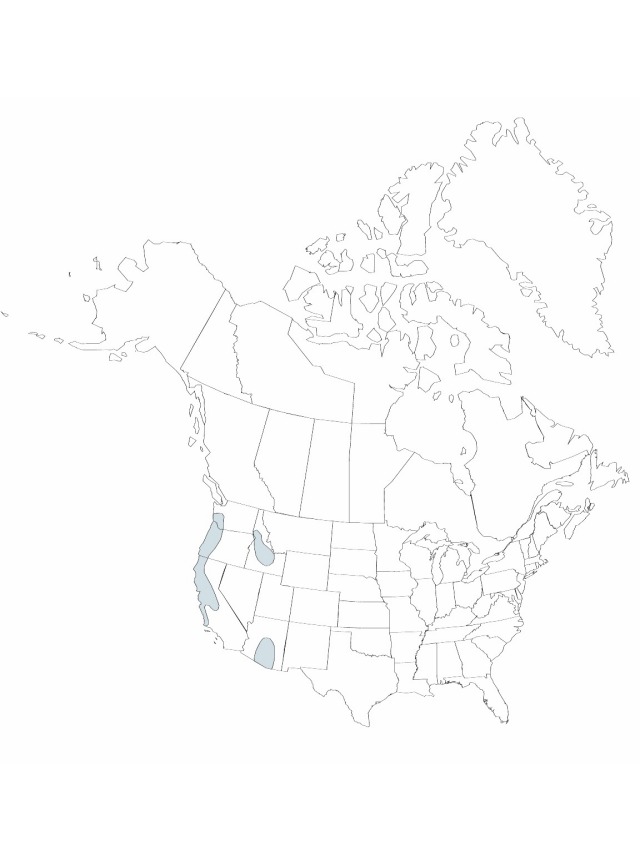Difference between revisions of "Juncus occidentalis"
Bulletin of the Torrey Botanical Club 27: 521. 1900.
FNA>Volume Importer |
FNA>Volume Importer |
||
| Line 30: | Line 30: | ||
|elevation=below 2300 m | |elevation=below 2300 m | ||
|distribution=Ariz.;Calif.;Idaho;Nev.;Oreg.;Wash. | |distribution=Ariz.;Calif.;Idaho;Nev.;Oreg.;Wash. | ||
| − | |discussion=<p>Juncus occidentalis should perhaps be considered a robust variant of J. tenuis.</p> | + | |discussion=<p><i>Juncus occidentalis</i> should perhaps be considered a robust variant of <i>J. tenuis</i>.</p> |
|tables= | |tables= | ||
|references= | |references= | ||
| Line 54: | Line 54: | ||
|publication year=1900 | |publication year=1900 | ||
|special status= | |special status= | ||
| − | |source xml=https://jpend@bitbucket.org/aafc-mbb/fna-data-curation.git/src/ | + | |source xml=https://jpend@bitbucket.org/aafc-mbb/fna-data-curation.git/src/8f726806613d60c220dc4493de13607dd3150896/coarse_grained_fna_xml/V22/V22_572.xml |
|genus=Juncus | |genus=Juncus | ||
|subgenus=Juncus subg. Poiophylli | |subgenus=Juncus subg. Poiophylli | ||
Revision as of 15:59, 18 September 2019
Herbs, perennial, cespitose, 3–6 dm. Rhizomes densely branching. Culms few–20. Leaves basal, (1–)2–3; auricles 0.5–1(–1.5) mm, apex acutish, membranous; blade flat, 5–15 cm × 0.5–1.3 mm, margins entire. Inflorescences 5–50-flowered, somewhat loose, 1–7 cm; primary bract usually longer than inflorescence. Flowers: bracteoles 2; tepals greenish, lanceolate, (3.5–)5 mm; outer and inner series nearly equal; stamens 6, filaments 0.5–1 mm, anthers 0.1–0.3 mm; style 0.1–0.2 mm. Capsules light brown, 1-locular to pseudo-3-locular, ellipsoid, (3–)5–4.5 × 1.2–1.8 mm, nearly equal to shorter than tepals. Seeds tan, ellipsoid to lunate, 5.5–0.7 mm, not tailed. 2n = 80.
Phenology: Flowering spring–early summer.
Habitat: Moist, usually exposed sites in clayey or sandy soil around springs, along rivers and streams, and around lakes
Elevation: below 2300 m
Distribution

Ariz., Calif., Idaho, Nev., Oreg., Wash.
Discussion
Juncus occidentalis should perhaps be considered a robust variant of J. tenuis.
Selected References
None.